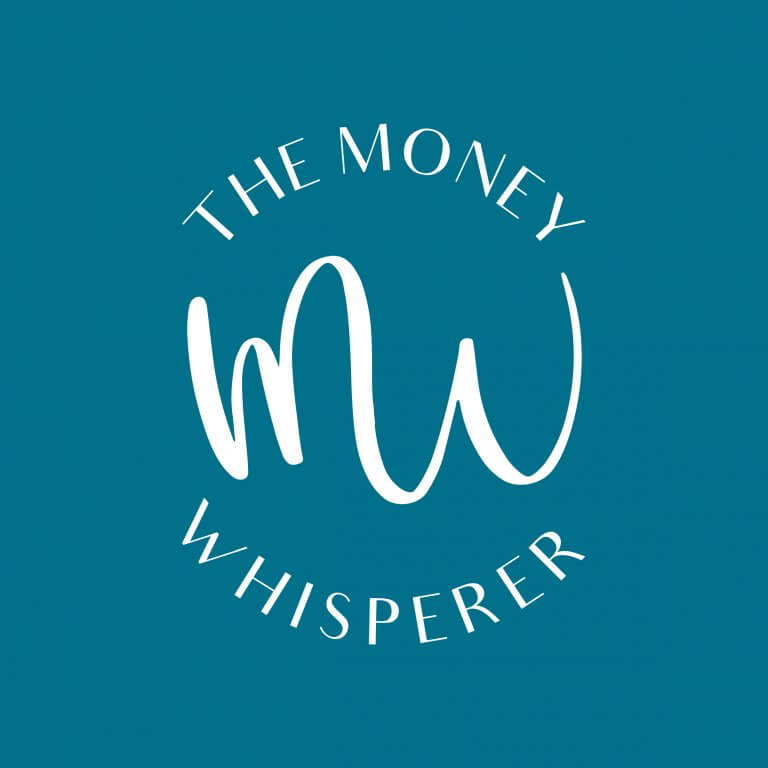This post may contain affiliate links which means that if you click through to a product or service and then buy it, I receive a small commission. There is no additional charge to you.
This is a collaborative post.
Let’s be honest; cash flow may not be the most glamorous subject. However, it remains vital for business survival; acting as its unsung hero to keep entrepreneurial hopes afloat.

The Cash Flow Conundrum
At its core, cash flow refers to money coming in and out of your business, like blood circulating throughout your body delivering vital nutrients – pounds- as needed throughout its body (your business). Like your body’s bloodstream, though, when circulation becomes blocked it quickly spirals downward – leaving your business vulnerable and at risk. In order for cash flow to work its magic effectively more money needs to flow in than out; otherwise you risk finding yourself in an unpleasant financial predicament that won’t end well for anyone involved.
The Art of Positive Cash Flow
Do you want to know how to keep your financial life flowing smoothly? The solution is straightforward – practice positive cash flow! No ritual or secret handshake are involved here – instead it involves carefully controlling expenses and planning revenues with care. Think of your financial planning as a delicate balance: income can come from sales or services rendered, grants received, tax refunds or even just unexpected sources – such as Aunt Mildred leaving money in her will (God bless her heart!). But these must also be used wisely so as not to strain finances beyond capacity. On the other side of your ledger are your outgoings: operating costs, salaries, inventory costs and any unforeseen expenses such as when your coffee maker decides to strike back! To keep the balance tipping toward inflows: keep tabs on numbers; anticipate and plan; chase late payments aggressively – it’s your money; you earned it!
Navigating Cash Flow Rapids
In order to safely navigate cash flow rapids, a strong financial canoe and reliable strategies must be present. At this juncture, a detailed cash flow forecast becomes your lifeline – it should outline all income and expenses, providing a complete picture of your business’s financial future. Financial planning does not entail staring into a crystal ball; rather, it involves using data available and making educated predictions based on available information. And remember: on this river there is no bad weather; only bad clothes. Be prepared for financial fluctuations and unexpected hiccups at all times! Under your seat should also be an emergency cash reserve to protect you against sudden debts and unanticipated expenses. But remember, navigating these rapids can be thrilling and fulfilling; don’t forget to enjoy every moment!
Accounts Receivable: Your Cash Flow’s Best Friend
Now let’s turn our attention to accounts receivable (AR), or more simply put: money people owe you. AR can often feel like an unwanted friend who constantly borrows and forgets to return your belongings – something which is surely frustrating? However, in business you need to be that annoying friend who constantly reminds and follows up. Don’t shy away from reminding customers about unpaid bills! Employ invoice systems, establish efficient billing cycles and offer multiple modes of payment to make the experience of making payments easier for your customers. Don’t forget: time is of the essence in this game of numbers! Your accounts receivable should be turned around quickly in order to maximise cash flow and turns IOUs into “Here you go!” Accounts receivables best practices call for frequent follow-ups – don’t let your money be a wallflower at the party!
Although cash flow might not seem alluring, it is nevertheless vital for any business. Monitor and foster it closely so as to not allow your enterprise to go the way of the Titanic! Your balance sheet will thank you by not sinking as fast. Now isn’t that something we all should look forward to?

